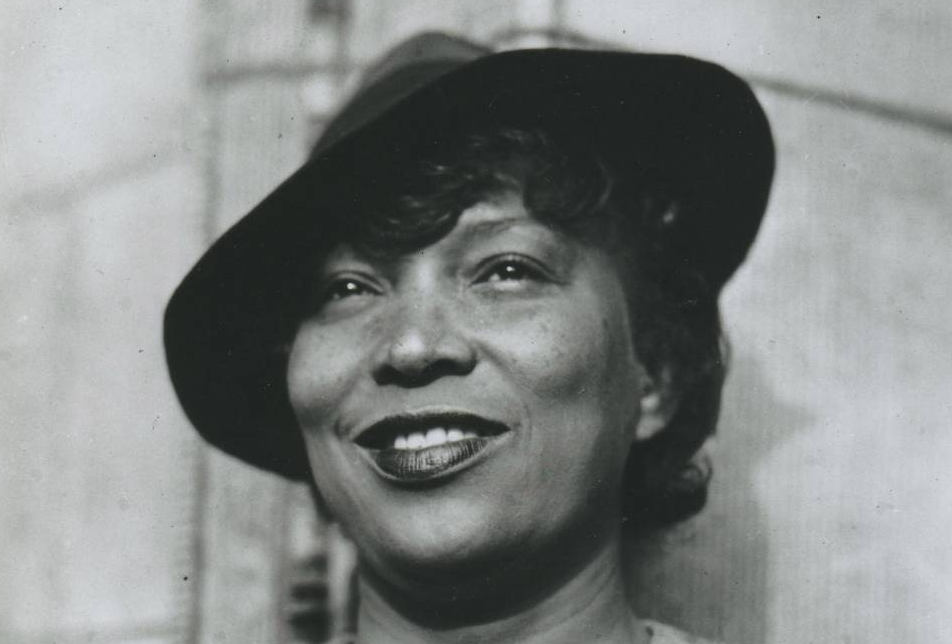Recorded and aired last year, HBO’s Talking Funny is an hour long, unscripted sit-down with four of the biggest names in comedy—Ricky Gervais, Jerry Seinfeld, Chris Rock, and Louis C.K.. If you’re familiar with the work of any or all of these guys, you know you’re in for a little profundity and a lot of profanity. This is definitely, I repeat, not safe for work, and not safe for anyone who takes offense easily. They go to some pretty nervy places, but that’s what we’ve come to expect from these four. Well, three actually. Seinfeld comes in for some good-natured ribbing for an entire career of working “clean,” dropping an f‑bomb maybe once or twice in his act, ever.
So, if you can take the strong language that pops up occasionally–albeit in very reflective and hilarious ways that I argue diffuse tension and aren’t in the least bit mean-spirited–then you will be rewarded by a conversation between four highly accomplished actors and comedians who love to talk about their craft, compare war stories, deconstruct their comic personae, and express genuine appreciation for each other’s work. But as soon as the conversation seems to get too heady or sentimental, it’s back to sick humor and insults. There’s something of the insecure ten-year old boy in each of these guys, who tend to use comedy as a defensive weapon to fend off pain and sadness without running away from either one; it works differently in each comic, and it’s fascinating to watch.
Gervais is especially thoughtful about his responsibility to the audience (after some initial bravado), which comes as some surprise considering his usual role as an oblivious ass. Seinfeld, the elder statesman, gets some deference from the others, but even at 57 is still boyish and slightly corny. Rock and C.K. are two of the smartest comics of their generation and also two of the most profane, but again, I think they pull it off because they are also two of the most honest and least threatening men to ever grace a stage—C.K. the self-deprecating sad sack and Rock the diminutive class clown with a perpetual impish grin. Make up your own mind about the touchy subjects, or avoid them altogether, but overall, I think each of these comedians comes across as lovable precisely because they’re willing to be themselves, vulnerabilities, childish insults, sweaty male ids, and all. They might make it look easy, but this is work for professionals.
Related Content:
How the Great George Carlin Showed Louis CK the Way to Success (NSFW)
“Learn English With Ricky Gervais,” A New Podcast Debuts (NSFW)
Comedians in Cars Getting Coffee: Jerry Seinfeld’s News Series Debuts on the Web
Josh Jones is a doctoral candidate in English at Fordham University and a co-founder and former managing editor of Guernica / A Magazine of Arts and Politics.





